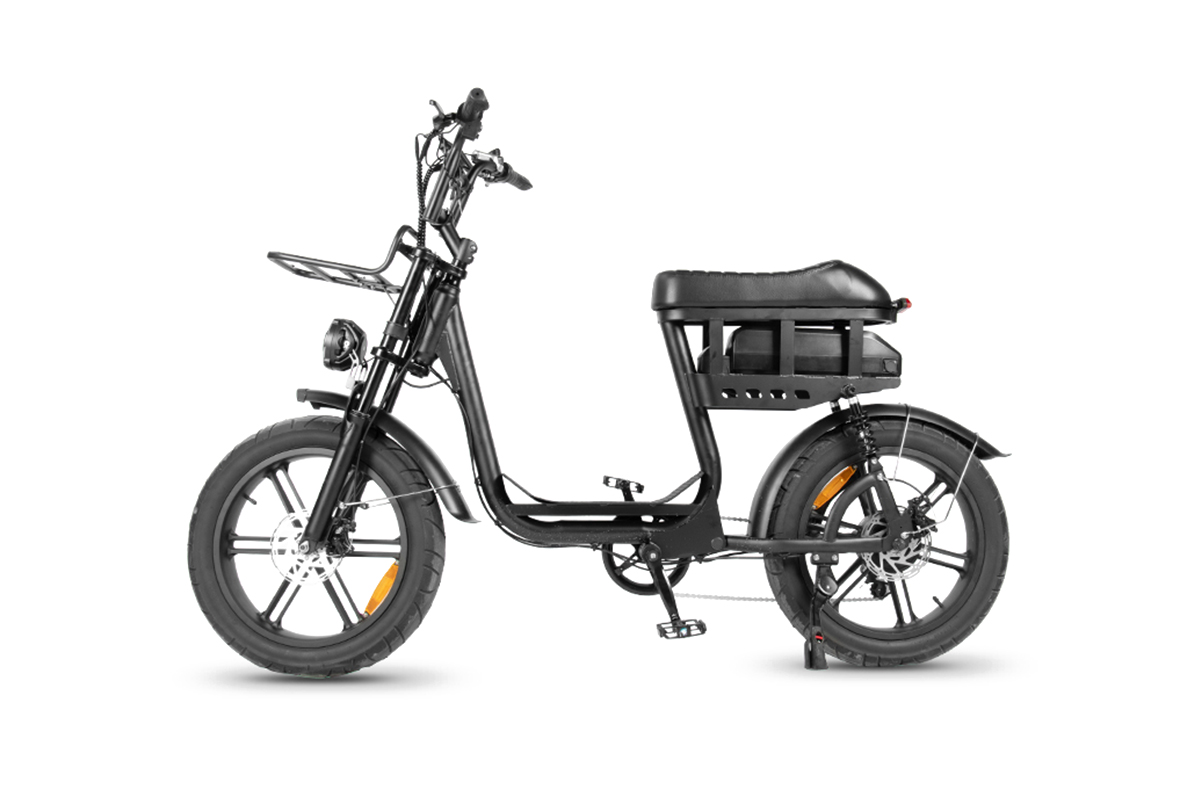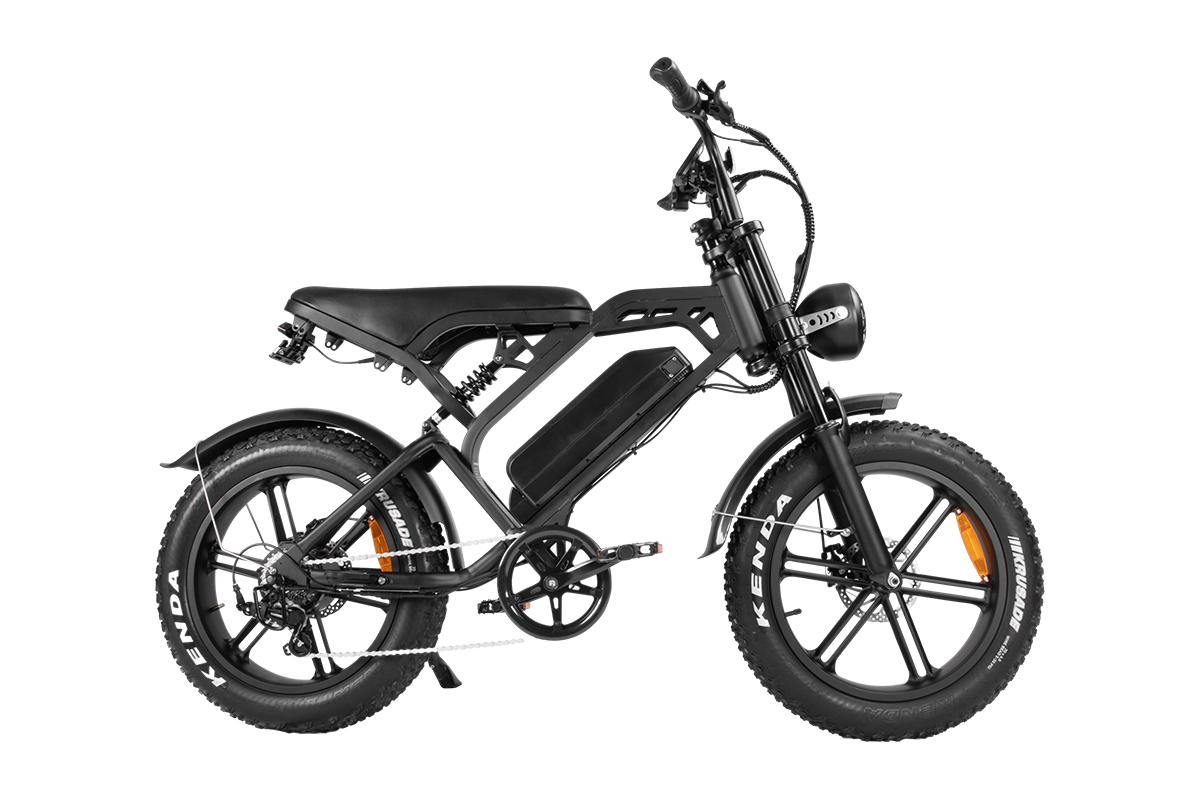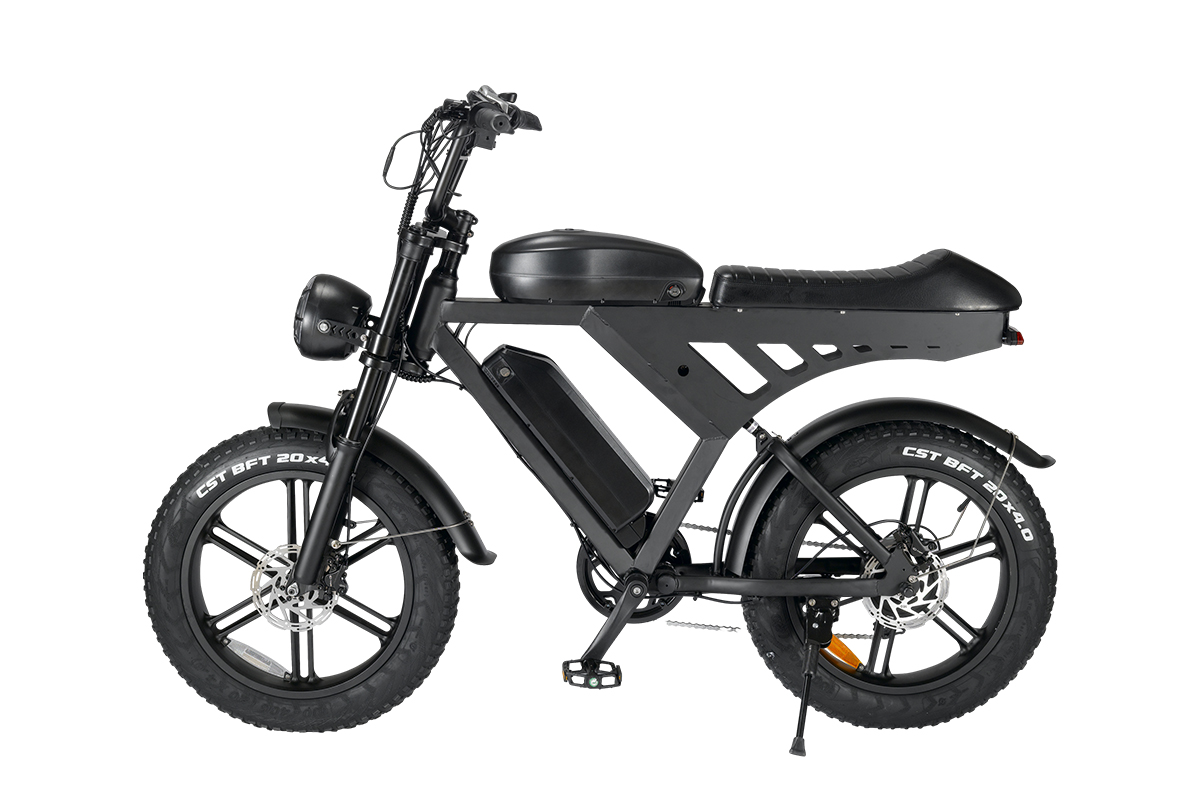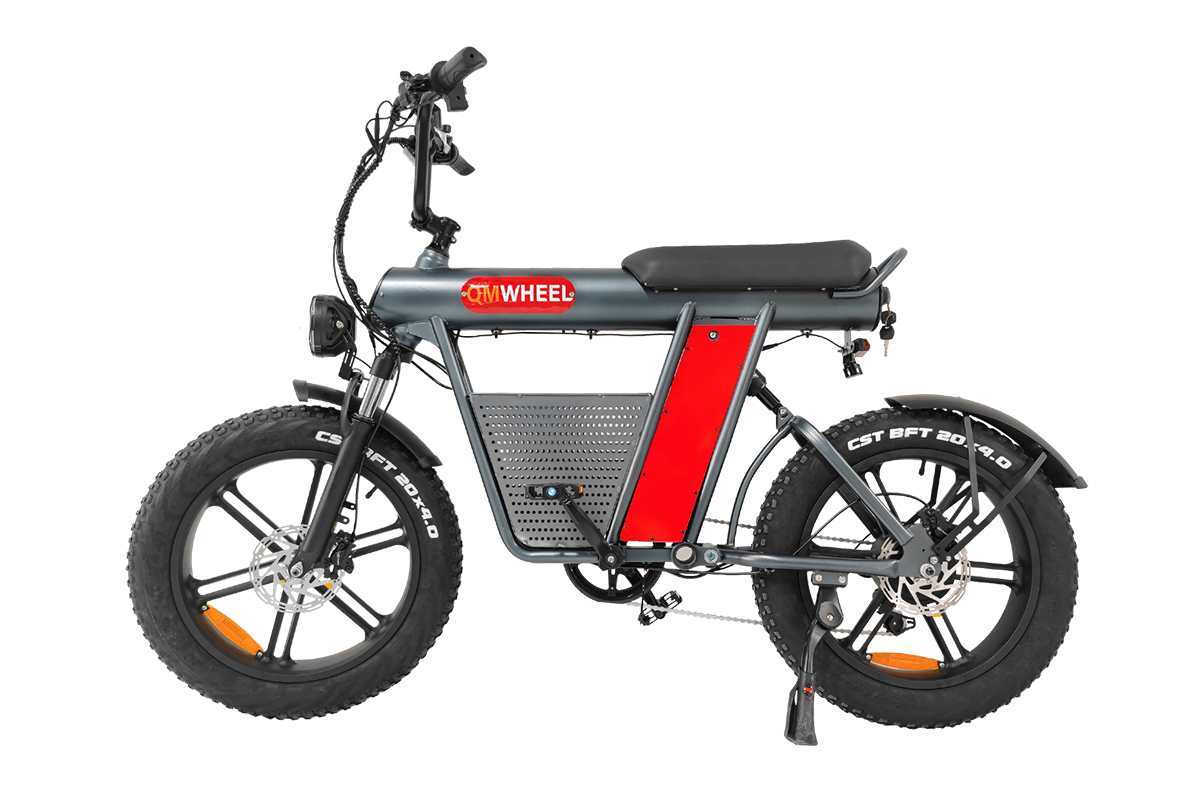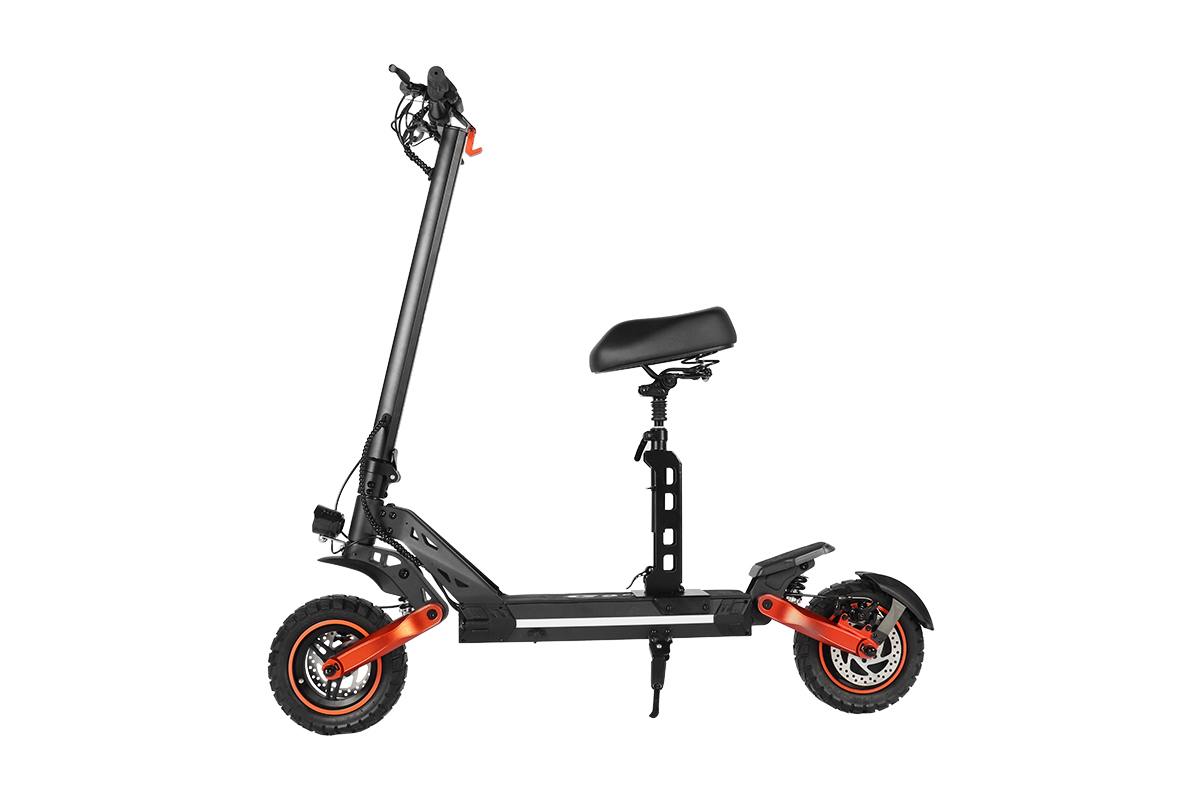The Origin and Evolution of Electric Bicycles: A Journey Through Time and Technology

The story of electric bicycles is a fascinating one, spanning from the earliest concepts and prototypes to the sleek, modern, and eco-friendly machines we see on the streets today. As technology advances and environmental awareness grows, electric bicycles have become an increasingly popular choice for commuters, recreational riders, and even fitness enthusiasts.
The Early Beginnings
The concept of an electrically powered bicycle dates back to the late 19th century, when various inventors and engineers started experimenting with the idea of combining bicycles with electric motors. However, it was not until the late 1890s that the first practical electric bicycles emerged. These early models were often bulky, heavy, and relied on large, cumbersome batteries. Nevertheless, they laid the foundation for the development of more efficient and user-friendly electric bicycles in the 20th century.
Development in the 20th Century
The 20th century saw significant progress in the development of electric bicycles. Advances in battery technology, motor efficiency, and materials science allowed manufacturers to create lighter, faster, and more reliable electric bicycles. In the 1960s and 1970s, electric bicycles began to gain popularity in Europe and Japan, where they were used primarily for commuting and delivery purposes.
The Rise of Modern Electric Bicycles
The 21st century has witnessed a dramatic rise in the popularity of electric bicycles. This has been driven by several factors, including increasing environmental awareness, advances in battery and motor technology, and the rising cost of gasoline-powered vehicles. Modern electric bicycles are lighter, more efficient, and easier to operate than their predecessors. They are also more affordable, making them accessible to a wider range of consumers.
One of the key factors that have contributed to the success of modern electric bicycles is their versatility. Electric bicycles can be used for a wide range of applications, including commuting, recreation, and even fitness. They are ideal for short-distance trips in urban areas, where traffic congestion and limited parking spaces are common problems. Electric bicycles also offer a convenient and cost-effective alternative to public transportation, especially in areas with poor public transit systems.
Another important factor is the environmental benefits of electric bicycles. As zero-emission vehicles, electric bicycles help reduce air pollution and greenhouse gas emissions. They also consume less energy than traditional bicycles, making them a more sustainable choice for transportation.
Technological Advances
The evolution of electric bicycles has been driven by continuous technological advances. Advances in battery technology have led to lighter, more energy-dense batteries that can power electric bicycles for longer distances. Motor efficiency has also improved, resulting in electric bicycles that are faster, more powerful, and require less maintenance.
In addition, the introduction of smart technology has further enhanced the functionality and usability of electric bicycles. Smart electric bicycles are equipped with sensors, GPS systems, and connectivity features that allow riders to track their rides, share data, and customize their riding experience. These advanced features make electric bicycles more convenient, enjoyable, and suitable for a wider range of users.
Future Prospects
Looking ahead, the future of electric bicycles looks promising. With continuing advances in battery and motor technology, electric bicycles are expected to become even lighter, faster, and more efficient. As electric infrastructure improves and more charging stations are built, the range and usability of electric bicycles will also increase.
In addition, the growing demand for sustainable transportation solutions is likely to further boost the popularity of electric bicycles. Governments and organizations around the world are increasingly promoting the use of electric bicycles as a means to reduce air pollution, congestion, and dependence on fossil fuels. This trend is expected to continue, driving the development of even more innovative and advanced electric bicycles in the future.
In conclusion, the evolution of electric bicycles has been a remarkable journey from the early prototypes of the 19th century to the sleek, modern machines we see today. As technology continues to advance and environmental awareness grows, electric bicycles are poised to play an increasingly important role in sustainable transportation solutions worldwide.
A weekend that will be long remembered in my memory as a beautiful experience of God’s healing hand at work through a community of loving.
Jane Cooper- Creat by cotton fibric with soft and smooth voluptate velit esse cillum dolore
- Simple, Configurable (e.g. size, color, etc.), bundled ipsa quae ab illo inventore veritatis
- Downloadable/Digital Products, Virtual Products
